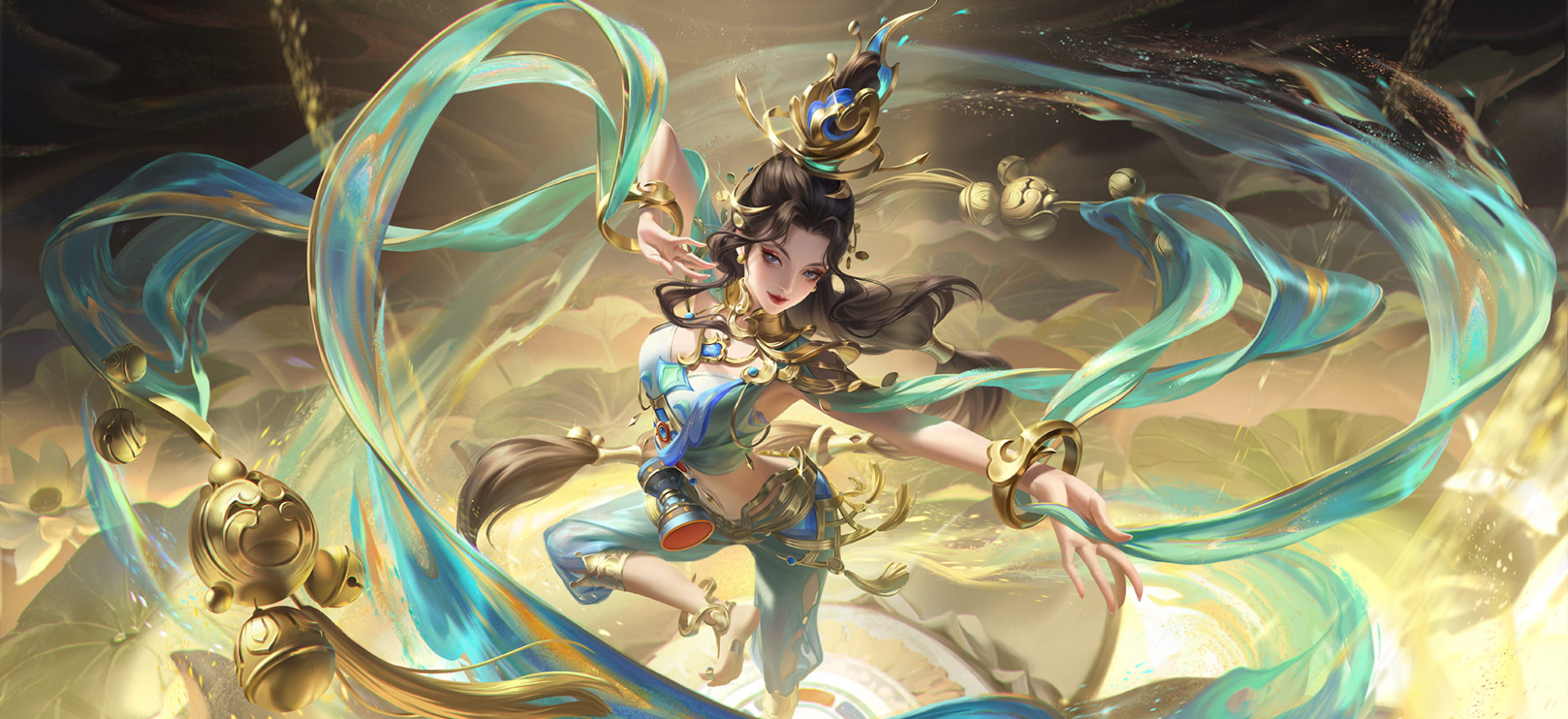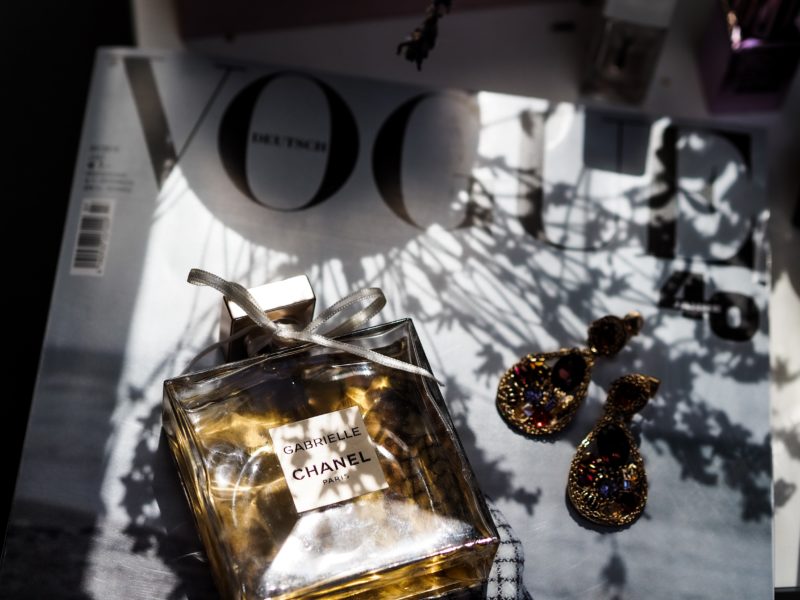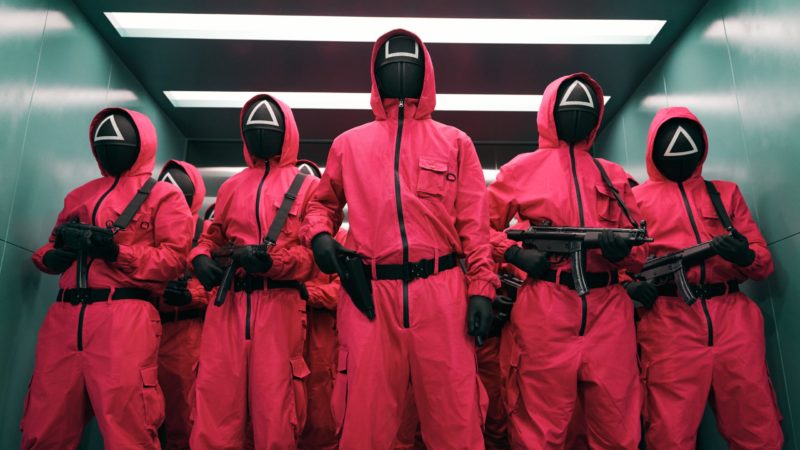Video gaming is more than entertainment, at least in China, thanks to the rising enthusiasm shown among the nation’s young people. From the official recognition of esports by the Chinese government as a reputable profession to becoming a medal event at the 2022 Asian Games, the changing status of these competitive video games reflects the popularity and growth of the industry in China as well as across the world.
As a result, here comes a derivative role that gaming plays – a crucial marketing tool for brands to engage with China’s large population of gamers. A number of brands, especially global labels, had tapped into the gaming hype in the past year, shaking hands with some of the country’s beloved video games. Dao Insights dives into the 5 best gaming campaigns created in 2021 and unwraps the insights behind the scenes.
Moxy’s Where Brave Starts
“Designed for the young and the young-at-heart, Moxy is a brand that is part of the Marriott Bonvoy portfolio of 30 brands and celebrates nonconformity, open-mindedness, and originality”, Bart Buiring, Chief Sales and Marketing Officer, Marriott International – Asia Pacific told Dao Insights.
Named Where Brave Starts, Moxy’s gaming campaign successfully taps into one of the most influential subcultures among Chinese Gen Z. It put today’s young and “brave” Chinese at the centre of the stage by creating a space for them to connect with fellow gamers and share their highs and lows in the virtual land, through China’s largest and most influential channel for its target audience, Douyin.
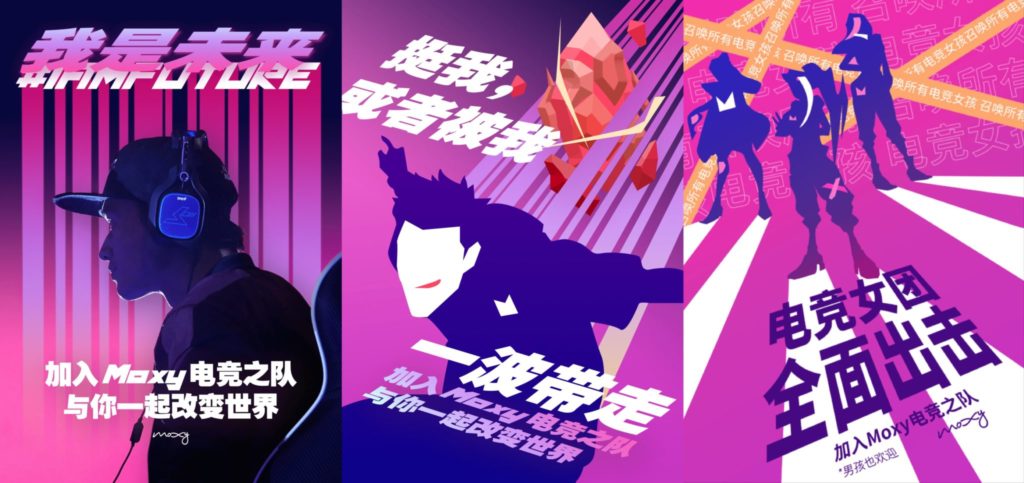
The campaign maximised the “real world” influence of those talents for the young community.
With Shanghai – the capital of the world for esports – chosen for the brand’s debut in mainland China, incorporating gaming into the brand’s campaign dedicated to the city has smartly leveraged Shanghai’s unique status while highlighting play – a core value of the leading youth brand – at the same time.
Moreover, by partnering with the most influential gamers and creators in Shanghai and across China, the campaign maximised the “real world” influence of those talents for the young community, instead of simply leveraging the social following of influencers, which set apart the campaign from others. As a result, with over 30 videos per month, featuring more than 150 individual creators, the campaign drew a total video view of over 25 million within four months.
“For the debut of the brand in mainland China last year, we launched the ‘Make Moxy Yours’ campaign online on Douyin and offline through an exhibition, inviting young artists to create original pieces that encapsulated the Moxy brand’s playful spirit,” Bart Buiring continued, “The online social space resonates with Gen Zs. By establishing a Douyin account with rich relevant content and amplification through KOLs, we were able to build a strong connection between our users and our brand.”
While catering to the growing appetite for gaming among the lucrative demographics of young Chinese, more importantly, the campaign empowered these young gaming enthusiasts. Allowing them to challenge the traditional definition of “success” and seek to create their own influence through what they love, is an act of recognising those young people’s value – namely, courage – to redefine what has been deemed as the norm. Therefore, not only did it show a nod to the campaign theme, but also became the cherry on top that successfully won over its target audience.
Perfect Diary x Honor of Kings
After continuous hit waves created by crossovers between the American cosmetic maker MAC and Honor of Kings in the past two years, more beauty brands have been eyeing the game for collaboration. While the owned popularity of Tencent’s flagship multiplayer video game is one thing, the fact that the game has seen more female players than male ones is more likely to appeal to brands whose products are mostly consumed by women.
The collaboration showed a clear target at China’s young women, and smartly leveraged the main user base of the game in the campaign.
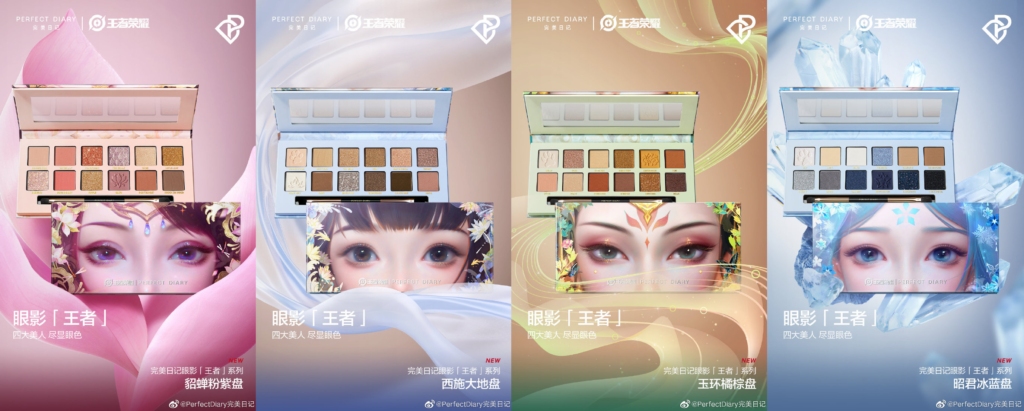
Jumping on the bandwagon of this beloved game last year was Perfect Diary, the Chinese cosmetics unicorn. In collaboration with Honor of Kings, the brand dropped a limited edition of the eye shadow palette. The crossover featured four heroes of the game, Diaochan, Yuhuan, Zhaojun, and Xishi. These figures are more likely to be adopted by female players as they are based on China’s Four Great Beauties. Therefore, the collaboration showed a clear target at China’s young women, and smartly leveraged the main user base of the game in the campaign.
In addition, thanks to the usage of historical characters in the game, the crossover also skilfully tapped into the guochao trend by incorporating those traditional heroes into designs, which adds a cultural edge to these modern products – another unique selling point that caters to the demands of China’s Gen Z consumers.
Uniqlo x League of Legends
Following Honor of Kings, League of Legends is another beloved video game among young Chinese and is played more by PC gamers in China, whereas the former attracts more mobile players. The launch of the League of Legends Wild Rift mobile game in mainland China in 2021 turned into an online sensation, the nation’s craving for this game has reached a new height after China was crowned for League of Legends World 2021.
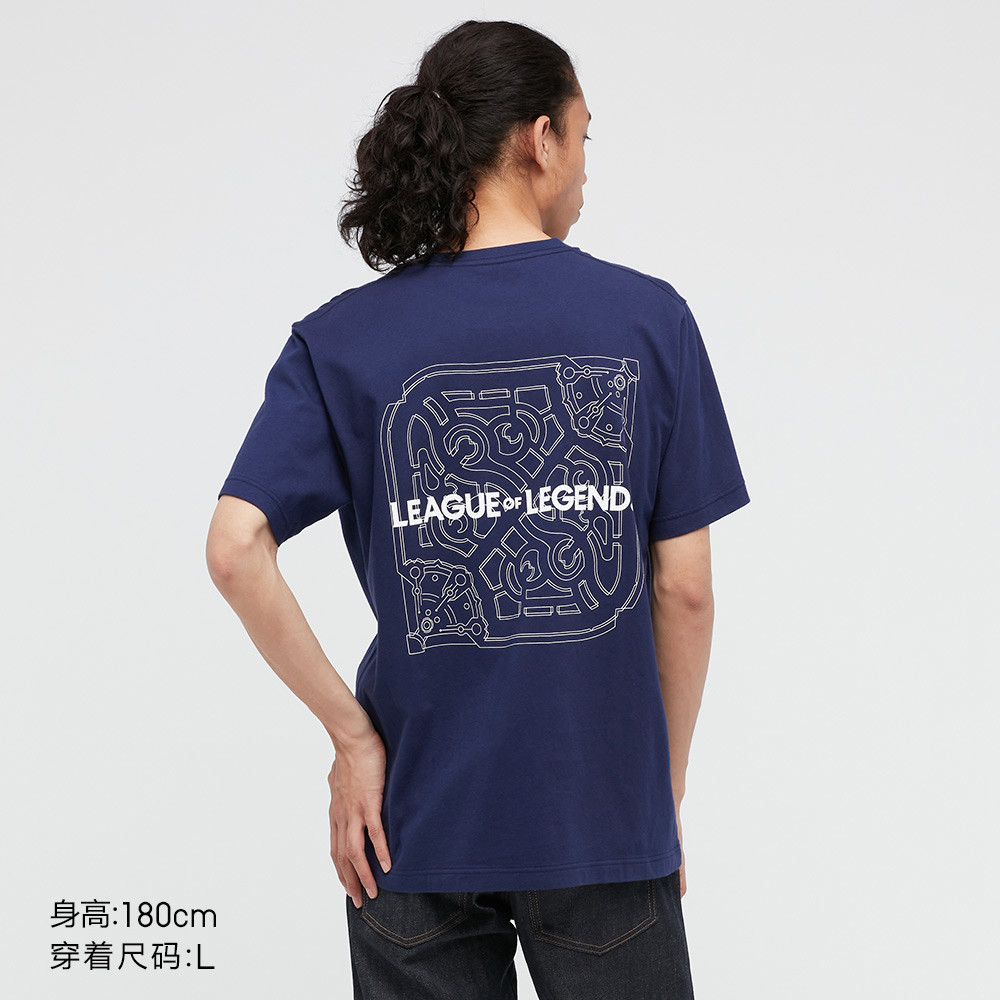
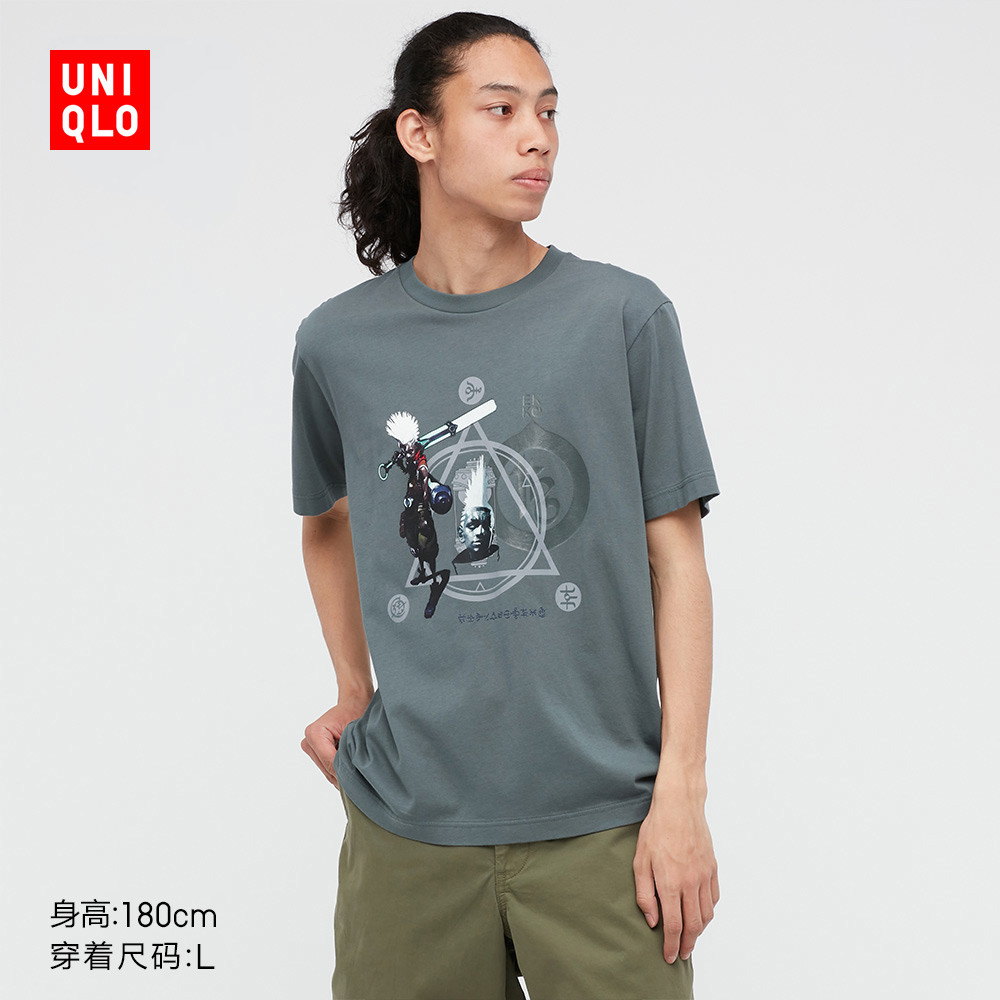
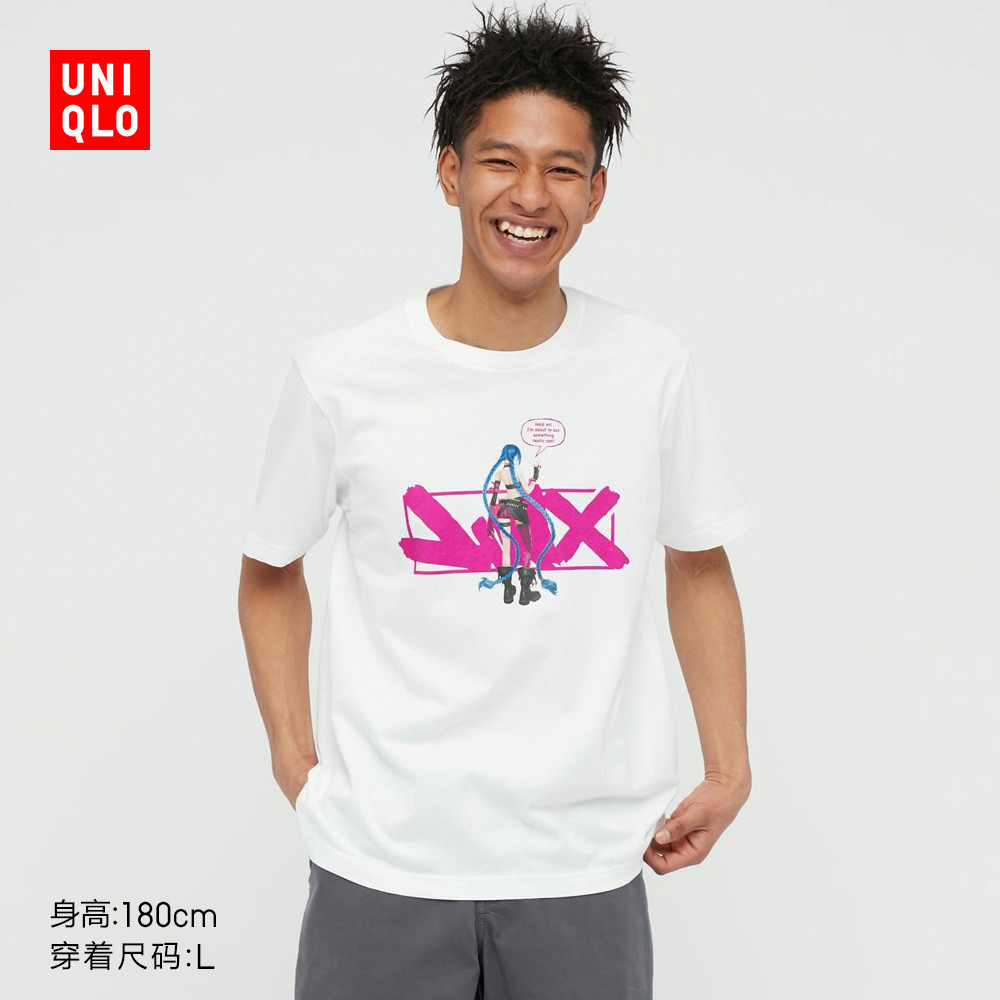
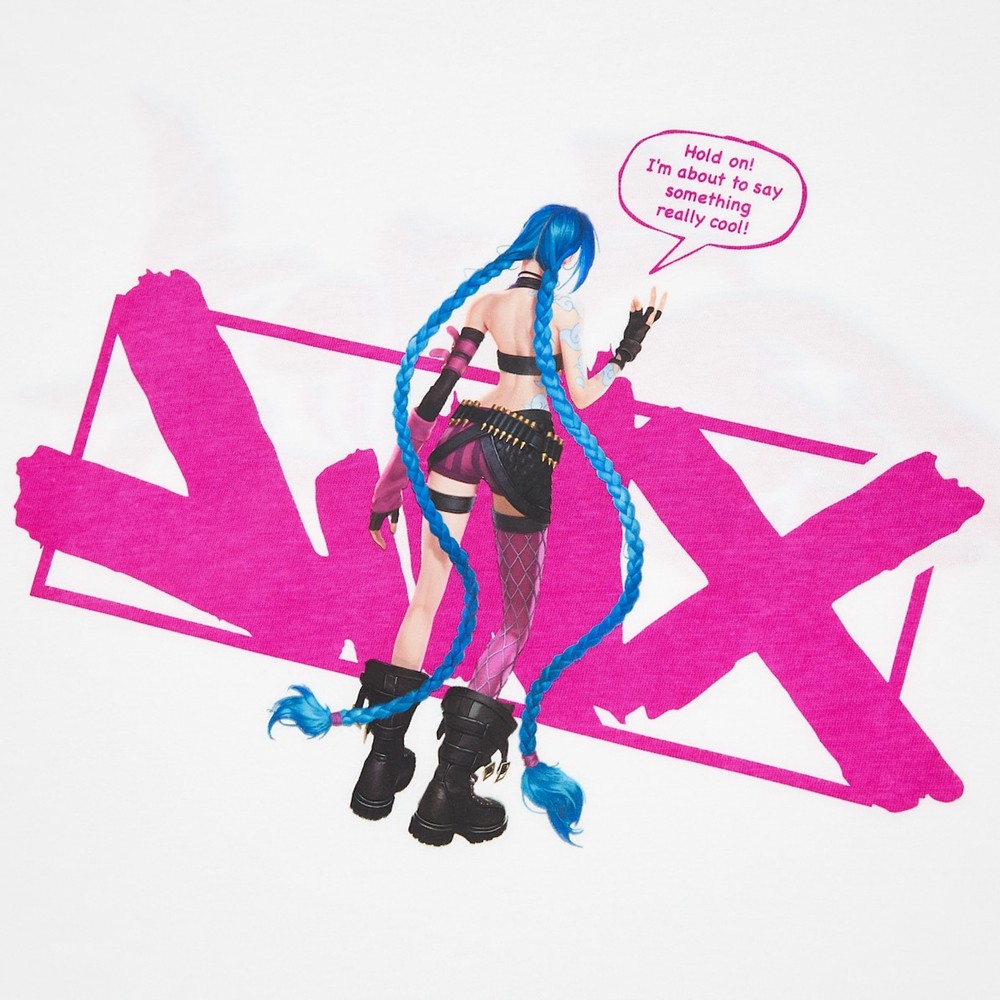

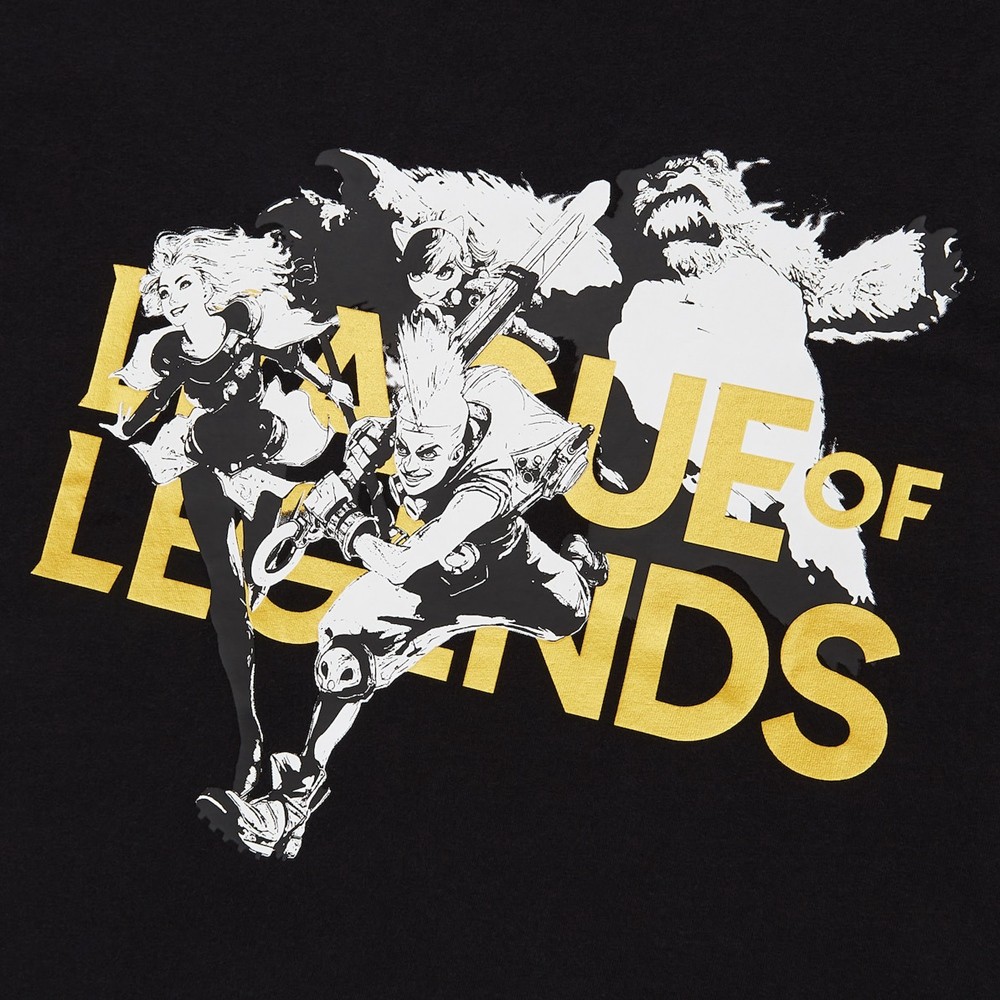
The crossover is a showcase of uniqueness and individuality, the two main attributes that China’s Gen Z consumers are looking for from products.
Quick in action to team up with this popular game was Uniqlo, the Japanese casual wear designer, who unveiled the crossover last May. The collection brought six pieces of T-shirts with designs, drawing inspiration from the game’s signature characters, such as Jinx, the summoner as well as the mysterious and much-loved creature Poro.
The timing of the release also appeared to be strategic, which was around the annual League of Legend tournament Mid-Season Invitational. By doing so, the brand can leverage the hype of the game that would be particularly high during the competition season. Having imprinted those popular game characters into the brand’s T-shirts with patterns indicating special attributes of corresponding figures in the background, the crossover is also a showcase of uniqueness and individuality, the two main attributes that China’s Gen Z consumers are looking for from products.
KFC x Genshin Impact
It is fair to say that Genshin Impact is a rising star in China’s gaming industry. The action role-playing game developed by the Chinese developer miHoYo in 2020 has soon grown into one of the national favourite games in just a year, after an instant hit with reaching over 10 million monthly active users in the first month of its release in September 2020. As a result, the outcome of leveraging this video game doesn’t seem to be less effective than that with the above two. KFC, the American fast-food chain brand proves that to be true.
In fact, the collaboration between KFC and Genshin Impact probably set the earliest successful example in 2021 of crossover with game IP (Intellectual Properties). And the core of its success is having brought the playful nature of the game to the crossover. By ordering a KFC meal set, customers can also get a Genshin Impact gift pack which includes a set of the game’s outfit, in-game currencies, and some cooking utensils, which had naturally drawn in many fans.
Genshin Impact has a particular attraction to those men who fall under the so-called “social dying” category.

Moreover, the collaboration also showed a unique target audience, namely, those “shy” male players as it is believed Genshin Impact has a particular attraction to those men who fall under the so-called “social dying” category, or who are afraid of socialising and, therefore, in fear of speaking in public, let alone, engaging in a rather embarrassing activity.
So, here comes an additional interactive session where consumers are asked to say a “signal” (which is a reference to the game) loudly in front of the public before they make an order, which turned out to be another selling point of the campaign. After that, customers can get a limited crossover badge.
This offline activity turned out to be a big elevator of this collaboration, as the confidence of those male fans was boosted in an environment surrounded by people like themselves. With these offers, the collaboration sparked panic buying at KFC’s local stores while online it became a hot topic viewed by over 120 million on Weibo.
Tesla x Peacekeeper Elite
Peacekeeper Elite, or Game for Peace, is another mobile game that can rival Honor of Kings in China. Therefore, the comparable popularity has also made this Chinese rebranded version of PUBG Mobile another sought-after for brands gaming collaboration.
Among all collaborations in 2021, the one with Tesla stood out as the style of the battle royale game turns out to be a good fit for the futuristic models of the American electric vehicle manufacturer. Drawing inspirations from Tesla’s two most popular upcoming EVs Cybertruck and Roadster, Peacekeeper Elite released two game skins, bringing these high-performance sports car models to its players in the virtual world.
The online presence through this tie-up, helped the automaker to maintain the public enthusiasm for its upcoming releases.
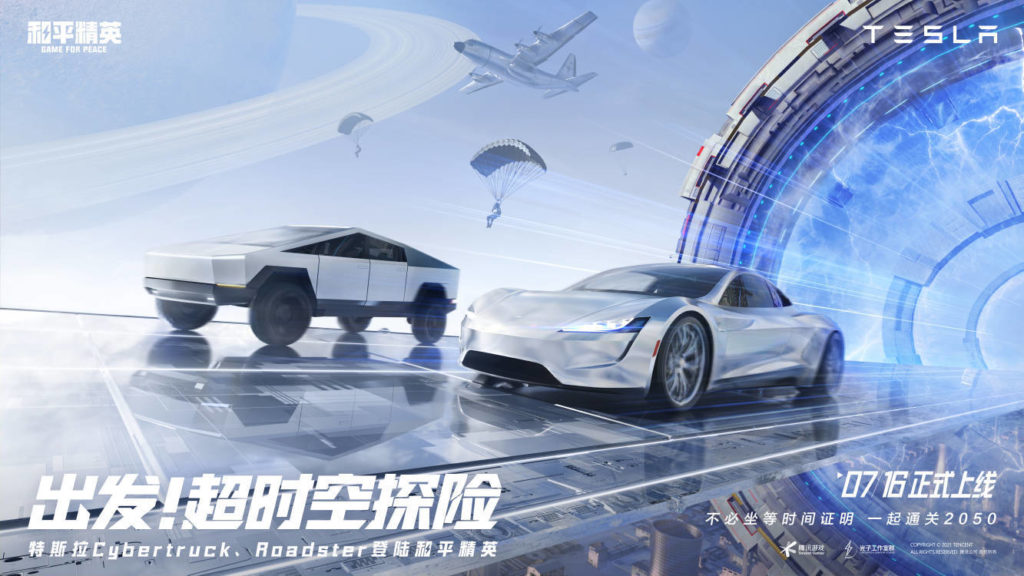
Under the theme of A Hyperspace Adventure, the game publisher first teamed up with concept vehicles that are claimed to be the quickest cars in the world once released. While Cybertruck is expected to hit streets in 2022, deliveries of the second-generation Roadster have been pushed back to 2023, due to supply chain shortages amid the pandemic, according to Musk on Twitter.
Despite the delay, the two vehicles were the most anticipated EVs by Google Search in 2021 and continue generating waves among automotive enthusiasts. Therefore, the collaboration leveraged the continual hype of the long-waited EVs while the vehicles’ Cyberpunk designs also turn out to be an additional appeal to game players.
In return, the online presence through this tie-up, helped the automaker to maintain the public enthusiasm for its upcoming releases. In the meantime, it allowed the automaker to reach the game’s audience who are more likely to be fans of Cyberpunk fashion, which originally refers to a subgenre of science fiction in a dystopian futuristic setting. It then developed into a style of design that sees growing popularity in China, especially among the Gen Z crowd.
Read more:




